The Group Image | Mr. Flood’s Party | Loose Gravel | Rick Kunstler | Interview
After being part of several local bands, Rick Kunstler joined Manhattan, NYC group called The Group Image that recorded ‘A Mouth In The Clouds’ album in 1968, after years of park gigs and regular shows.
Kunstler’s career includes being a member of psychedelic rock band Mr. Flood’s Party and Loose Gravel, a project by Mike Wilhelm of The Charlatans. Follow more stories in our interview.
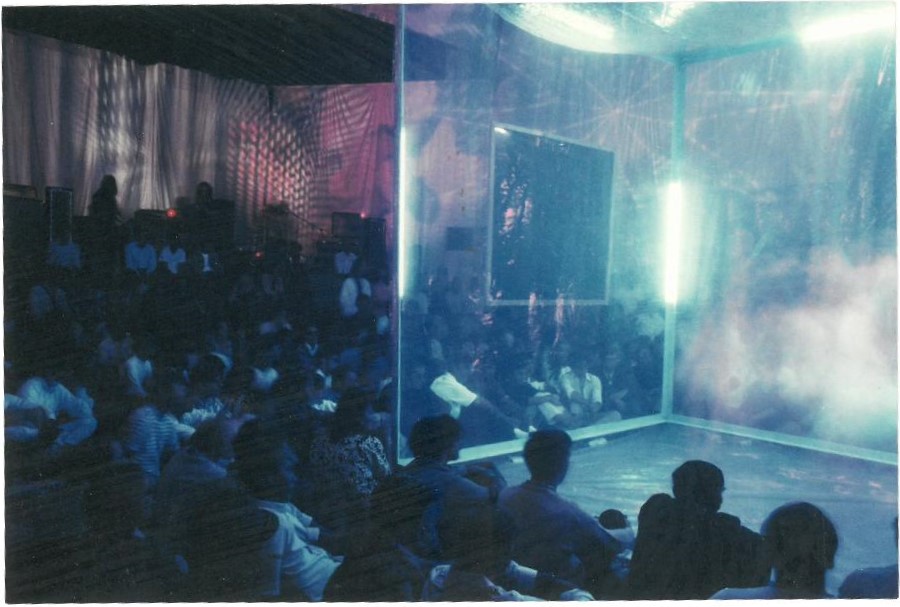
“A wild ride was about to happen. The year was 1967”
Where and when did you grow up? Was music a big part of your family life? Did the local music scene influence you or inspire you to play music?
Rick Kunstler: I was born in New York City in 1945, one month before the US dropped the first atomic bomb on Hiroshima, Japan. The atomic age had begun. While living on the seventh floor of an apartment on Riverside Drive, I always heard music drifting up to my window from adjacent apartments. A coloratura soprano, a wailing saxophone, and Hebrew cantors chanting from the synagogue below. My mother would often play the piano and my father sometimes strummed his ukulele, with popular tunes from the 20’s and 30’s. The family subsequently moved out of New York City, to protect my brother and I from the rash of violence happening in the inner city schools. We settled in the Village of Irvington-on-Hudson, New York, a quaint Hudson River village, 21 miles north of the city. With a population of 7,000, it was culture shock from the Big Apple, where I attended P.S 179 on Amsterdam Ave. It was in this tiny village, where my musical roots were planted. The year was 1956 and doo-wop, and the beginning of rock ‘n’ roll was in full swing.
When did you begin playing music? What was your first instrument? Who were your major influences?
I first began singing in the men and boys’ choir in the St. Barnabas Episcopal church, when I was nine years old. I was inspired by the organist playing Bach and lifting the notes up to our Heavenly Father. I noticed that when I was singing, the harmonies of the choir had a profound effect on my soul. I became lost in the music. This eventually led to me becoming a soloist and a performer at the midnight service on Christmas Eve. But the music coming out of the radio enticed me like a moth to a flame. Little Richard, Chuck Berry, Gene Vincent, Eddie Cochran, Carl Perkins, Elvis Presley, Dion and the Belmonts, The Duprees.
When I heard Chuck Berry, I copied all his licks. Also, of course ‘Louie, Louie’ by The Standells and The Kinks, ‘You Really Got Me’.
I graduated high school, having taken up “folk music.” Which was influenced by bluegrass. During my freshman year in 1963, The Beatles broke through, and the history of rock was changed forever. While studying in New York I would frequent jazz venues, hearing John Coltrane, Sonny Rollins, Nancy Williams, Miles Davis, and the Adderley Brothers. In 1964 I was given the opportunity to spend a year in Austria as a “study abroad” student. I carried my guitar everywhere on my travels, ending up on the Greek Island of Lesbos. Busking and playing in the town squares, everywhere I went. The people loved to hear me play Chuck Berry and Bob Dylan. Long live American music.
What bands were you a member of prior to the formation of The Group Image? Did any of those bands record a single or is there any unreleased material available?
When I was 16 years old I joined three, quite different looking, teenagers from a nearby town in a doo-wop group, called The Ideals. One of them “Jimmy the Brazilian“ could play the guitar with a technique, using the bottom E string as the bass, and the others to make chords. His story was unique, because he came to the US as an exchange student, but upon arrival, dropped out of school, to follow his dream of musical stardom. We would sing on the street corner and a few half times at high school basketball games. We recorded a demo record, which we placed in the jukebox at “Pinky’s” the local teenage soda/ ice cream shop. We tried to have Dion of the Belmonts sponsor us, by leaving a copy with his mother, Mrs. DiMucci, but nothing happened. When I saw and heard Jimmy play the guitar, I was hooked. My folks bought me a cheap guitar and it never left my side for 30 years. By the way, I left the group after one of the members brought a pistol to a half time show “Saturday Night Special”. I couldn’t see the future in that. Eventually, the three others were arrested for stealing a car and driving it to Florida.
Would love it if you could elaborate the formation of The Group Image.
Returning from a year wandering around Europe I was physically drained. I played in a local blues band because I loved the blues and for a guitarist, it wasn’t too complicated to learn, but you had to have a feel for it, down in your soul. Eventually I enrolled in The New York School of Visual Arts, to study filmmaking. I lived in a tenement apt on East First St. It originally housed the immigrants who flooded to New York at the turn of the century and hadn’t changed much in 100 years. One evening, I was walking home, down First Ave and spotted an old mattress, leaning up against a tenement wall. I didn’t have a bed at the time, and had been sleeping on the floor. I wanted to drag it home. As it so happened, a wild-haired young man was walking by and I asked for his help in carrying it home. His name was James Swerdlin, and as we got to talking, he found out that I played guitar. He told me that a group of artists and musicians put on a jam session on Tuesday nights, at St. Mark’s Church (a historically important church from the Revolutionary War era) and I should come by. So, I did go and found some musicians jamming and someone shining movie projected images on the walls (a precursor to the light show which developed).
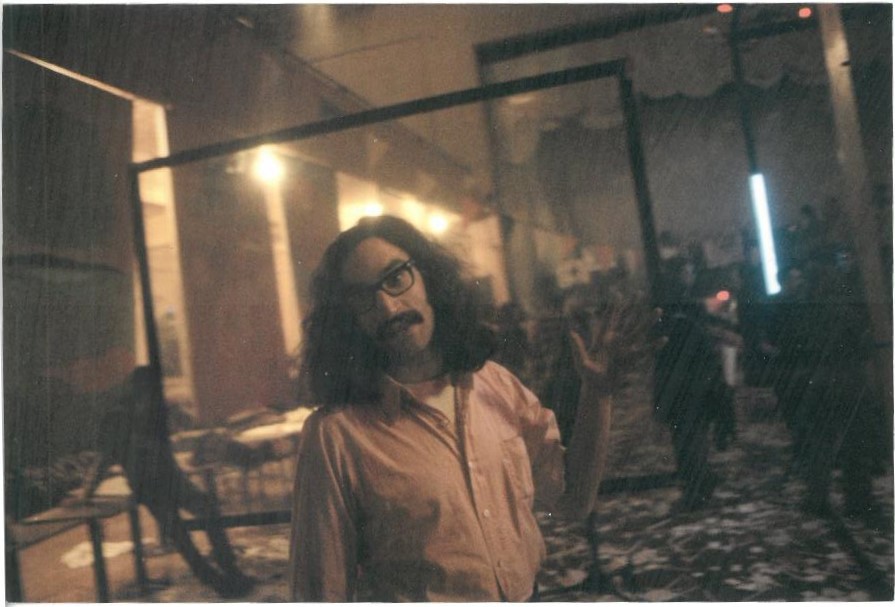
I continued to meet with the musicians, off and on, and they told me they had a loft on First Avenue. That was the center of the Group Image energy. The founders were artists from Milwaukee who had dreams of building a new world, where everyone was included in creating art. If you could play any instrument, or bang on a pot, you could be in the band much like the concept of the Living Theatre.
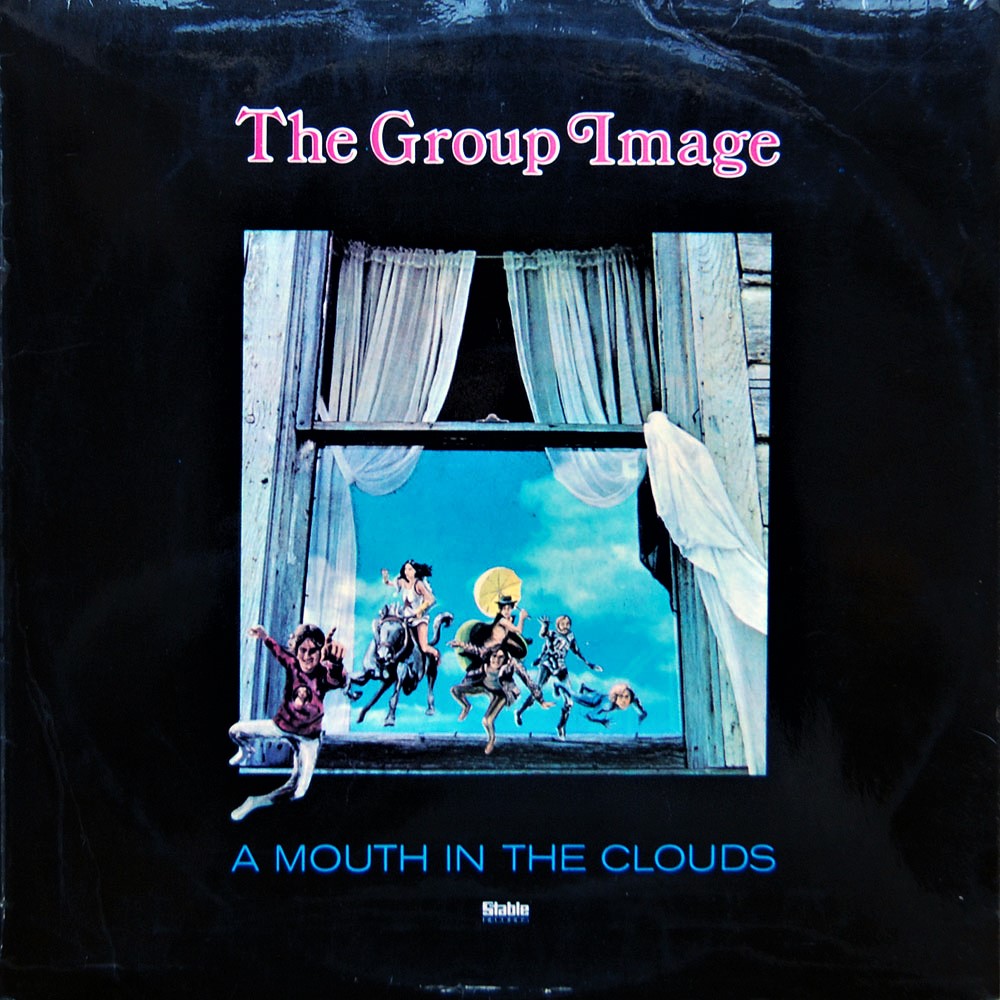
So, eventually they started to hold performances in rented ballrooms, uptown, and put together a sound and light show, which was in the style of what was happening in San Francisco. One ingredient that was also emerging, and promoted by Dr. Timothy Leary, was LSD. “Turn on, tune in, and drop out”. So a wild ride was about to happen. The year was 1967. The drummer at the first jam was none other than Sam Shepherd, who became a renowned playwright and Hollywood actor.
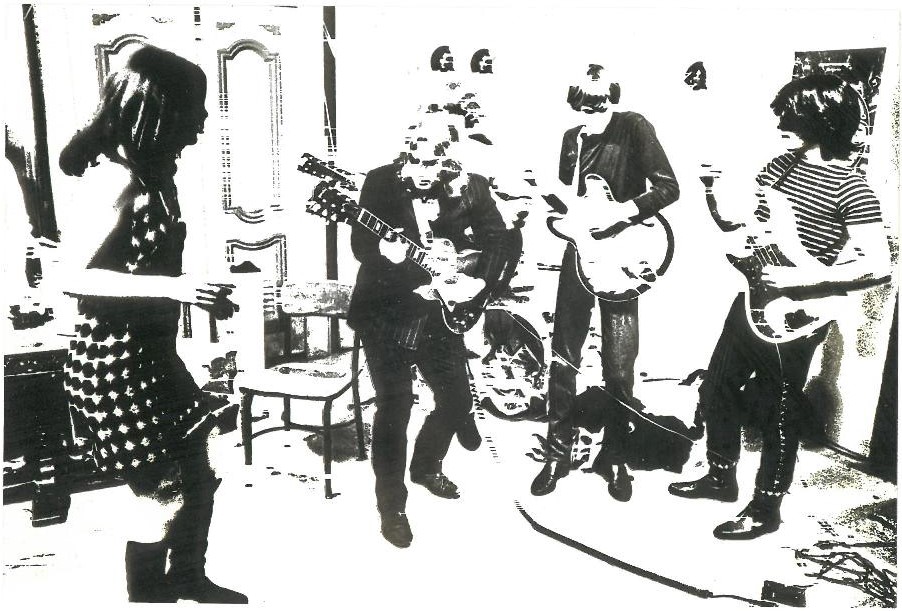
“The Group Image band headlined the original Woodstock Festival of Peace and Love”
What’s the story behind The Group Image album?
One interesting little known history is The Group Image band headlined the original Woodstock Festival of Peace and Love. When I say the “original” I mean the year before the world changing and highly documented Woodstock. The story is, a New York radio station WBAI, put together a lineup, including Richie Havens, and rented a pasture in Woodstock, NY, to hold a festival celebrating the new vision of “peace and love” which was spreading in 1967. We erected a wooden stage and piled our sound equipment on it. The radio station did a remote broadcast of the event, which was attended by maybe 200-300 people. Interestingly enough, on our way out of town (we were driving a beat up ice cream truck, with the words “Suck Truck” graffitied on the side) and we’re pulled over by the local police. They took all of us to the courtroom, where our driver, “Tim” said “he didn’t believe in their laws.” That didn’t go over too well. The judge ordered all the “hippies” to leave town and never come back. His prophecy was short lived, as the following year hundreds of thousands of “hippies” descended on the peace loving town of Woodstock. The rest is history.
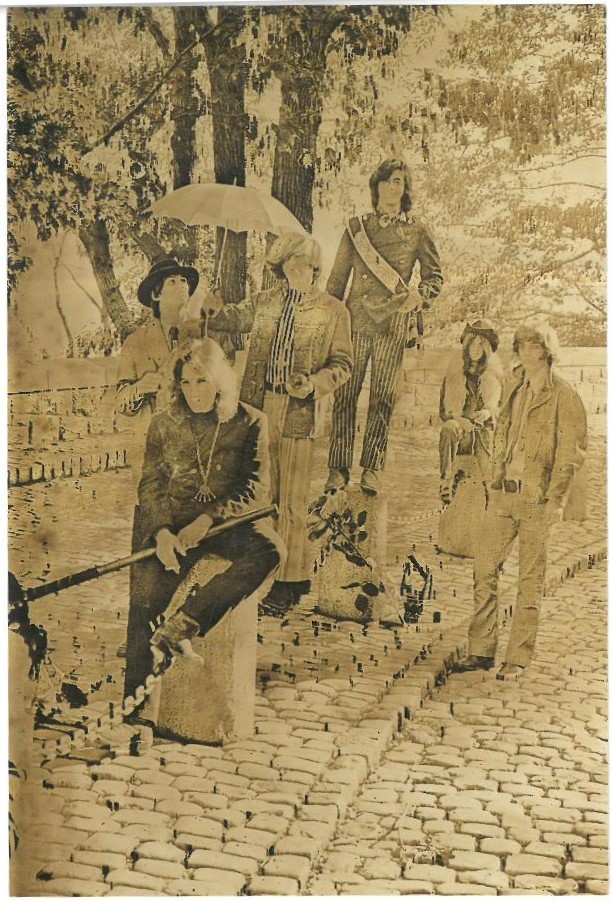
During the weekly ballroom performances, (the Palm Gardens Ballroom on 52st) many curious audience members came to check out the new “psychedelic” scene, with day-glo painted dancers and oil projected imagery on giant screens. Something new to New York, but common in San Francisco. People like Chuck Berry, Frank Zappa, Jackson Brown, Wavy Gravy (Hugh Romney) stopped by. Also an early version of “Blue Öyster Cult” was a frequent performer before they became giant. Also, “Elephant’s Memory” was a regular performer, before meeting John Lennon.
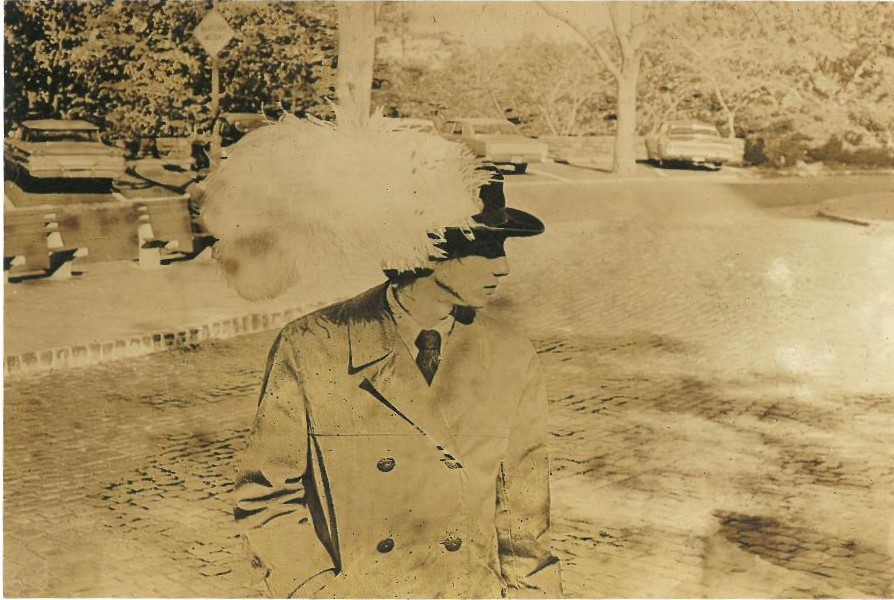
Eventually a small record company, Community Records, owned by Shadow Morton, signed the group and produced a watered down record of the energy of the group’s live shows. The album was recorded in “Shadow’s” studio, on Long Island where he recorded Vanilla Fudge. We used their equipment as it was already set up in the room. The album got some local airplay. We toured in Chicago, with Muddy Waters, Blood Sweat & Tears. In Long Island, with Country Joe and the Fish. In Boston too. One of our guitarists, “Arty” had hung out with the Grateful Dead in ‘Frisco and was instrumental in setting up the Dead’s first trip to New York. When they arrived, we arranged a small parade in the East Village and we played together in Tompkins’ Square Park, Central Park and a few times at the weekly Palm Garden’s. I was playing a 1962 Stratocaster, and then an Epiphone 335.
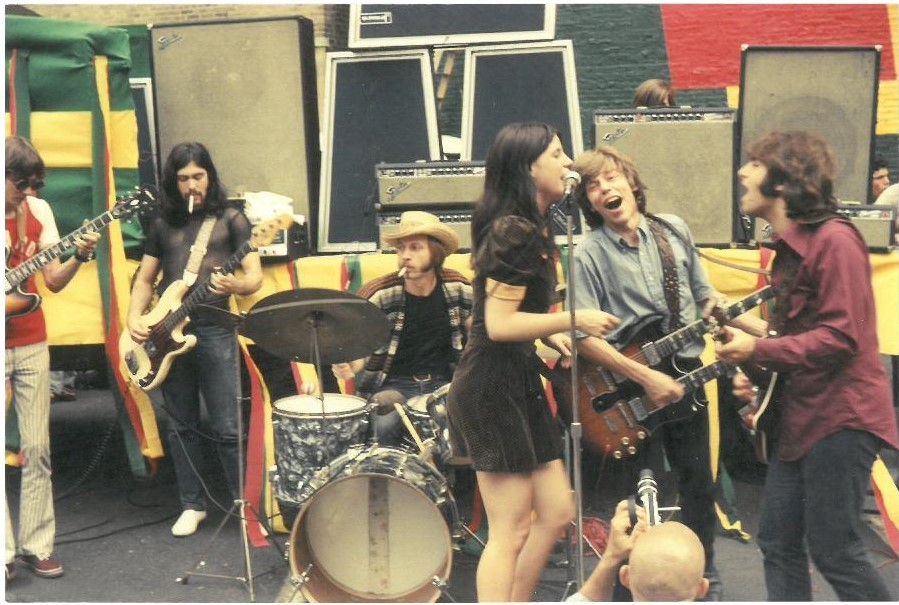
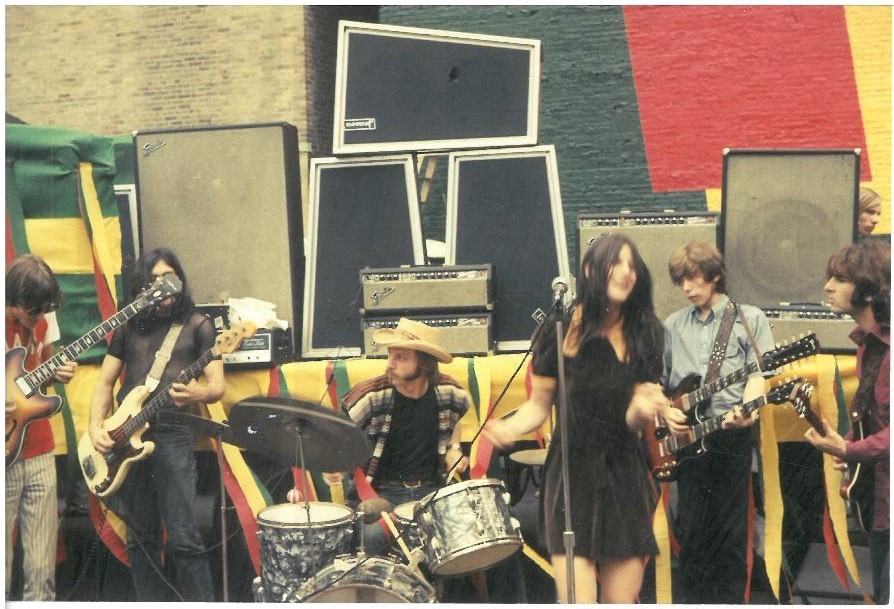
“LSD was a common additive to the equation”
Another memorable performance was at Timothy Leary’s home in Millbrook, NY. During the two years the group was vibrantly active, LSD was a common additive to the equation. The Group Image even published a magazine called “Inner Space” which provided helpful tips on how, when and where to experience a “Trip”. You can read about The Group Image in the 1968 Time Magazine issue entitled “Hippies, Philosophy of a Subculture” if interested.
Upon leaving the group, the bass player, Doug Metzler, took a gig with Country Joe and the Fish and eventually performed at Woodstock and can be seen in the documentary. The drummer, Luther Rix, took a gig with Bob Dylan, and can be seen in the movie The Rolling Thunder Revue.
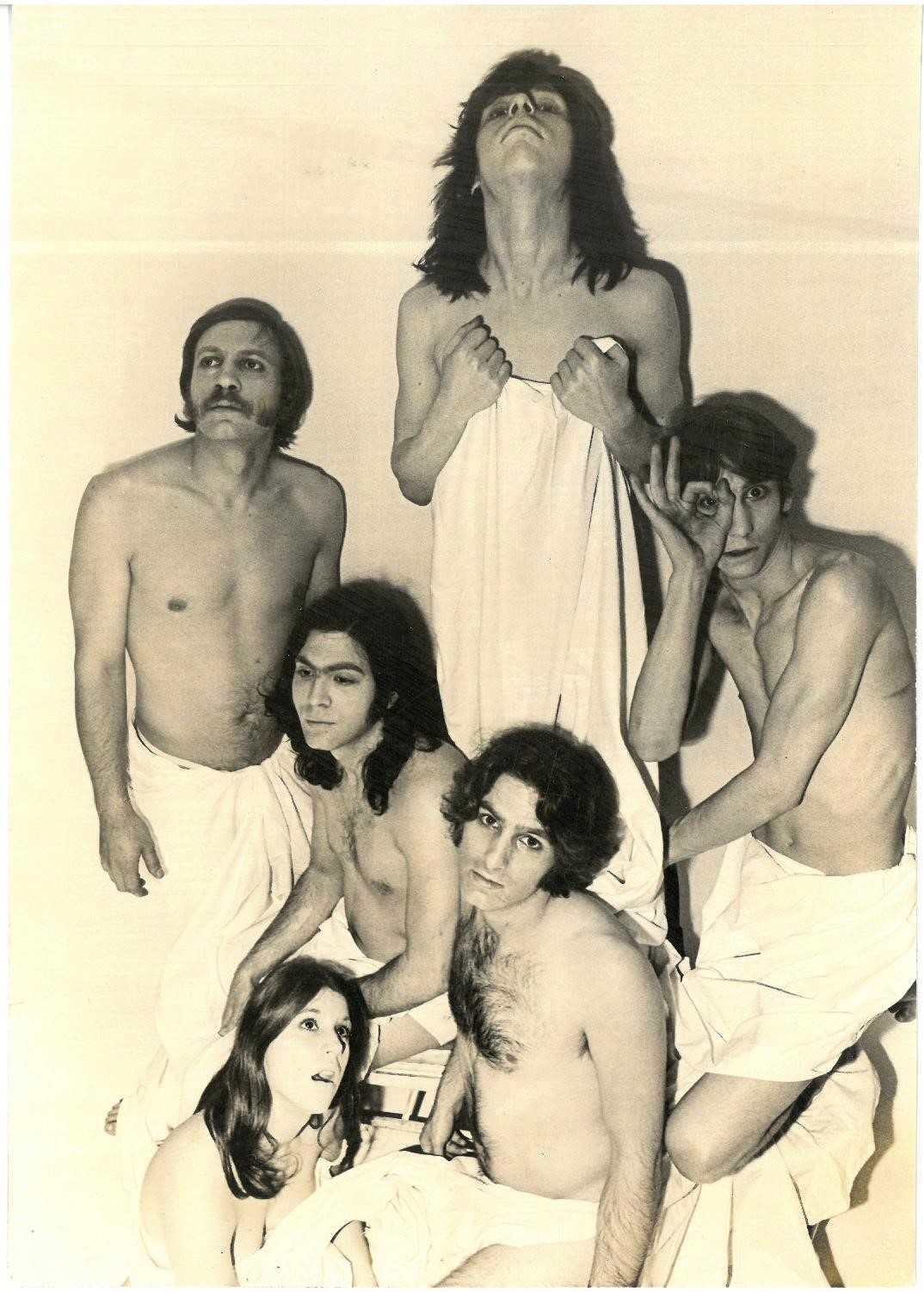
After The Group Image you joined Mr. Flood’s Party to record on Cotillion and do live shows. How did that come about?
With The Group Image’s career hitting a wall, the record didn’t sell and the money was not coming in, I decided to search other avenues to find success. Two fine players Tommy Castagnaro (drummer) and Marcel Thompson (bassist) approached me with a dream opportunity. They were recording on Cotillion Records, an offshoot of Atlantic. I had admired their fine playing when I saw them on the Long Island circuit. So, an offer to join an up and coming group, with a recording contract was what I was looking for. Jay Hirsch, Michael Corbett and Freddy Toscano were the creative forces behind Mr. Flood’s Party. They played, sang and wrote the music. The group had a management deal with Rubott, friends of Shep Gordon and a great shot at success. I was soon onboard. They had used an amalgam of studio musicians to fill out some of the recording duties, and I was to be the final piece, to complete a group which would tour and play live. I recall an exciting late night session at Atlantic Studios with Adrian Barber at the controls. The room was dimly lit and I plugged into the guitar amp in the center. It was Gene Cornish of The Young Rascals, who were recording at that time.
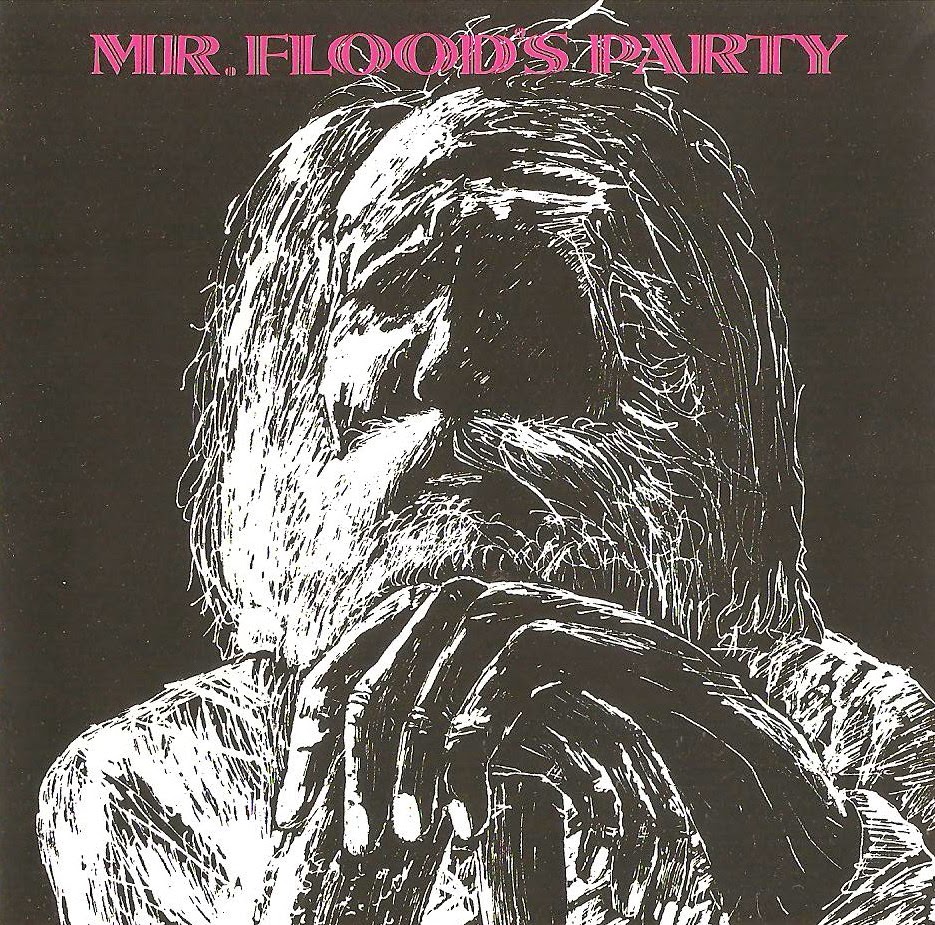
So, I put my heart and soul into what the producer asked of me and I nailed the track in one take. When the album was completed it was released on the same drop date as, no other than, the debut album by Led Zeppelin. I felt like I had finally fulfilled a lifelong dream, which started when I first sang my solo, in church at nine years old. We were introduced by Ahmet Ertegun at Steve Paul’s Scene (a New York Icon club) and although we had a tight live sound, the group didn’t take off. We toured around the New York area, but finding little success, the group disbanded, with little fanfare. Tommy, Marcel and I formed a power trio called “Sweet Red” but ran into dead end gigs and no money. It was time to move on. I recorded in The Group Image as “Freddy Knuckles” and Flood’s Party as “Rick Mirage”.
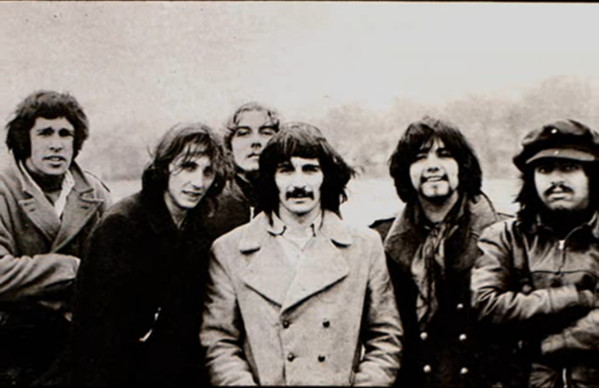
Tell us how your collaboration with Country Joe came about?
This chain of events took many turns. I first met Country Joe when The Group Image and Country Joe and the Fish shared the stage, at a concert at Stony Brook University, on Long Island in ‘67. We opened for them, as they had more notoriety. I got to chat with Joe McDonald backstage. Eventually, his bass player left the group and as our group was disbanding, Doug Metzler, our bass player, (who had a friendship with Peter Albin, of Big Brother and the Holding Company fame) was recommended by Peter Albin to replace Joe’s bass player. That transpired and he was hired and travelled overseas and played in Woodstock and toured the USA. When they landed in New York, Doug set up a private audition for me with Joe. It took place in the upstairs dressing room of Bill Graham’s Fillmore East. I played some of my songs for him and I could tell he was impressed enough to book a private session the next morning in Electra Records studio. I recorded several solo acoustic songs and he gave me the “thumbs up” and said he would deliver them to the head of the company to see if they were interested. He also invited me to come out to San Francisco where he would produce an album for me. The days went by and I never heard anything about my demo tape. I decided to take him up on his offer and drove west to San Francisco, where I thought I had a firm connection to further my career. Upon arrival, I got in touch with his management team and said I arrived and looked forward to our project. They coldly informed me that Joe had moved to Sweden to record a solo album and they weren’t sure if he was returning to the US anytime soon. My heart dropped, but my spirit was guiding me on. San Francisco offered other musical opportunities, which being young and full of fire, led me on. More stories of “Frisco” would soon unfold.
You also worked with Cashman and West?
I put together a country/folk rock influenced group while living in the backwoods of the Siskiyou Mountain Range in southern Oregon. But soon after my life took a serious turn. My two year old daughter suffered a seizure and the doctors did not diagnose the main problem. So while visiting NYC for a Christmas time reunion with my parents, she once again had a seizure. Upon rushing to Columbia Presbyterian hospital I knew dark days were coming. Eventually she was diagnosed with a malignant brain tumour and needed immediate surgery. To make a long story short, I was stuck in New York for six months. Trying to follow my dream of becoming a recording artist, I sent for the fellows in the band to come to The Big Apple, which by the way, was my hometown, to try our luck. We were spotted by a representative of Cashman and West, who quickly recorded a demo. We were using a pedal steel guitar, as one piece of the sound and that was attractive and innovative at that time. The demo was really good, and Terry Cashman was excited to shop out this new product. He was making the rounds of record companies in Los Angeles, and my hopes were high. But life took another off-ramp. While in the middle of his sales trip, tragic word came that the number one star, under his production company none other than Jim Croce, was killed when his small plane crashed upon takeoff in Alabama. That sent him into emergency mode, and he immediately shut down his company and cancelled all projects he had in the fire. Including me. That was the end of the line for my dreams of success.
How did you first get to know Mike Wilhelm and what led to the project called Loose Gravel? Mike was already well known in underground circles because of his work with The Charlatans.
Having found an apartment close to the Castro District, I noticed a storefront up the block on 24th Street, which had several guitars in the window. I knocked on the door, and none other than Mike Wilhelm answered. I told him my story and he invited me to come inside and jam awhile. He was an energetic and intense individual and a skilled guitar player, who had some fame in The Charlatans, a quintessential San Francisco era band. He was forming a new group called “Loose Gravel” influenced by his passion for riding motorcycles. He took on the persona of a “biker” replete with leather jacket and captain’s cap. We continued to conveniently jam together, as we lived down the block from each other. He asked me to join the band and set up some recording sessions, with his old band mate Richard Olsen. We recorded a few demos, one of which was called ‘L A Lady’ written by George Hunter, some of the lyrics said ”L A lady, lives in a home, made entirely of Styrafoam”. So we played a few gigs around the Bay Area, but no record deals transpired. Eventually Mike joined the Flamin’ Groovies and toured Europe, leaving me hanging again.
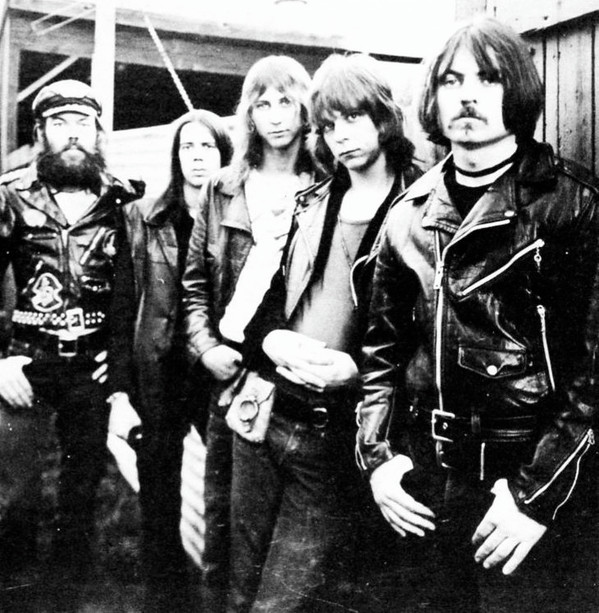
How come it was released five years later as a Mike Wilhem solo record?
I did not record on his later solo album, because I had moved north to Oregon.
You also worked with Nick Gravenites?
While living in San Francisco I was introduced to Peter Albin, bass player in Big Brother and the Holding Company, by my old bass player Doug Metzler. Peter liked my songs and got me a studio session, produced by Nick Gravenites, in Gold Star Studios. He hired Mark Naftalin, of Paul Butterfield Blues Band, on piano, John Kahn on bass and David Getz of Big Brother and the Holding Company, on drums. It was a really nice session, and the guys picked up my tunes quickly. When it was done, Nick made an acetate record of it and set up an audition with Tom “Big Daddy” Donahue, an iconic DJ on KSAN San Francisco rock station. So we drove out to Stinson Beach to his secluded, cliff side ocean front mansion. Upon entering through an aviary filled with parrots and exotic birds of all types, we waited for Tom to meet us. He eventually sauntered in, wearing an oversized silk bathrobe and plopped down in his recliner. He asked me what I was trying to do with the demo. I answered “get a record deal.” So we put it in the turntable to give It a listen. My heart was pounding thinking this was a rare moment in time where my dreams could become reality. I eagerly looked over at “Big Daddy” who immediately fell fast asleep and was snoring. We left quietly, not wanting to wake him. I sent a few more demo tapes to Nick, who kept telling me that I could do better and that was the end of that. The Summer of Love was in full swing and my steps took other paths.
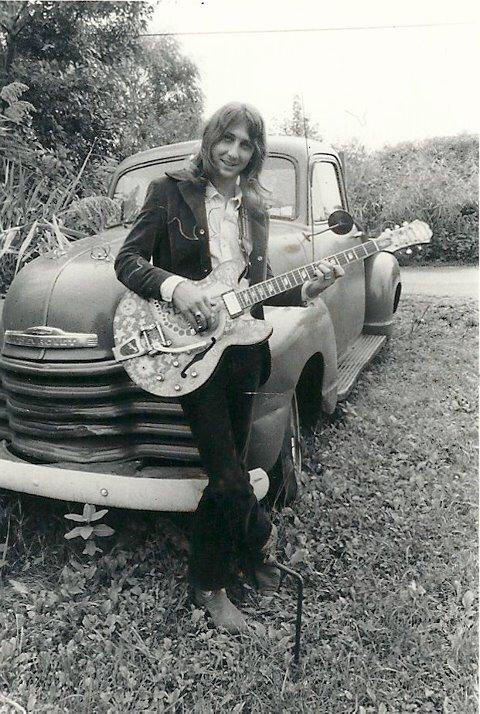
What did you do after that? Are you still involved with the music?
I decided that I had given the Music Industry my best shot and now needed to find a more mainstream form of employment. I moved to Southern California and took a position as a piano salesman for The Sherman and Clay Company. Soon after, I joined a local Latin influenced group called “The Scrub Me Ma-Ma Band” and played local gigs with them for years. As the years passed I joined a reggae band called “The Ras Band” and made a self produced album, which we sold out of the trunks of our cars. I considered my options for future financial security and decided to become a school teacher, which I did for 24 years and continue part-time, to this day.
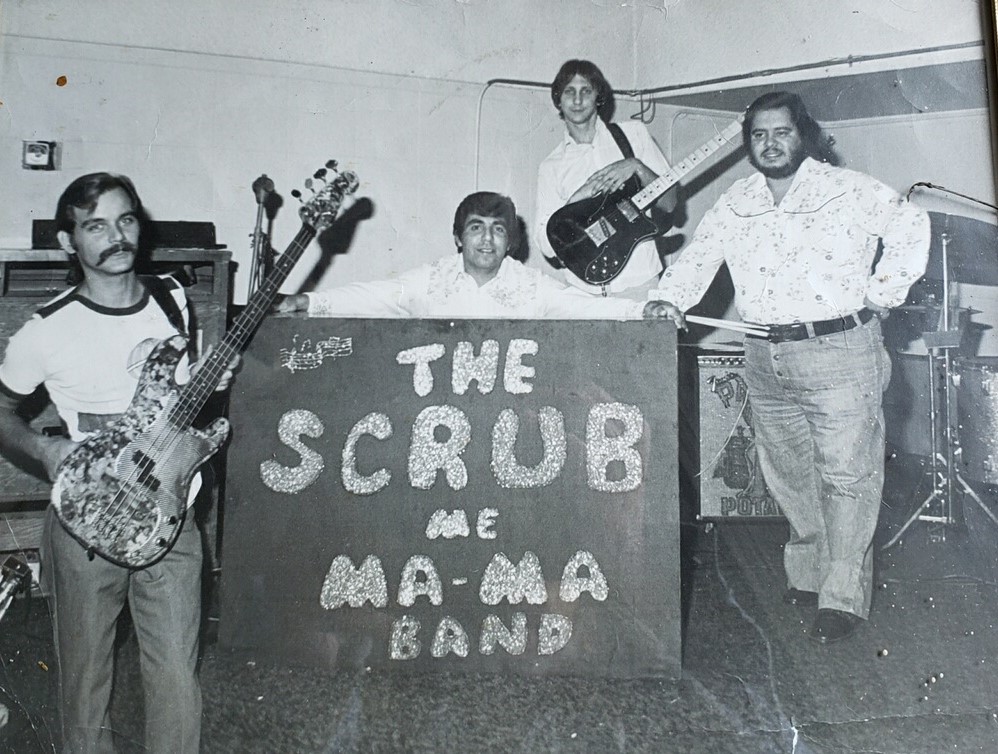
After a brief but rewarding time in the blues band “Willy Hooks and the Shades of Soul,” I put the guitar down and took up the study of piano. I have made some self produced CD’s using an electric keyboard, with my long time partner, Jerry Martin, in the duo, “Frederick and Martin”. My long and winding road as a musician continues to this day as I enjoy myself, playing standards and oldies on the electric keyboard, but I don’t venture out to play in public anymore. The joy of music still burns brightly in my soul. I thank you for your interest in my untold story, and wish you and all the musicians a long and soulful life. Cool runnings my brother.
Klemen Breznikar
The Group Image | Sheila Jones | Interview

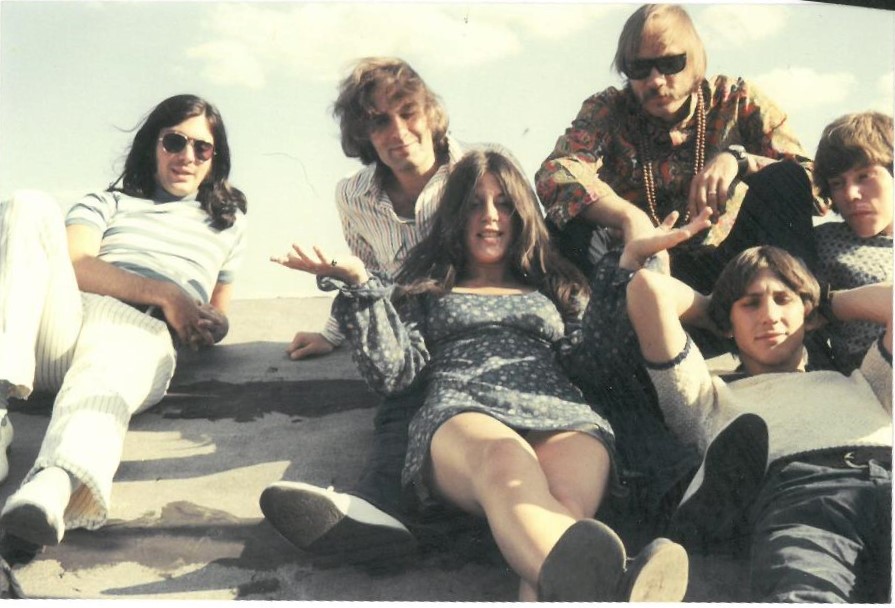
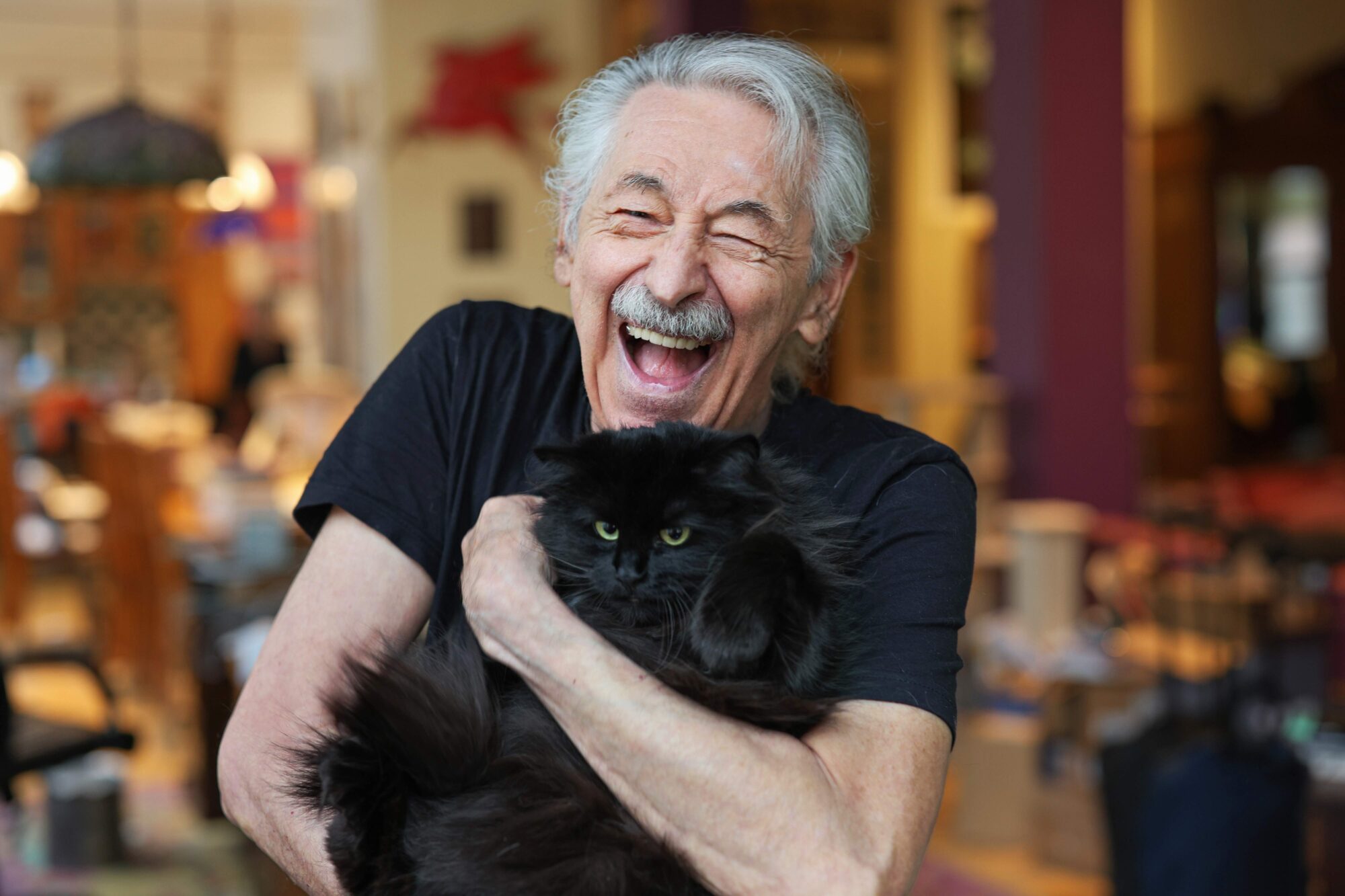
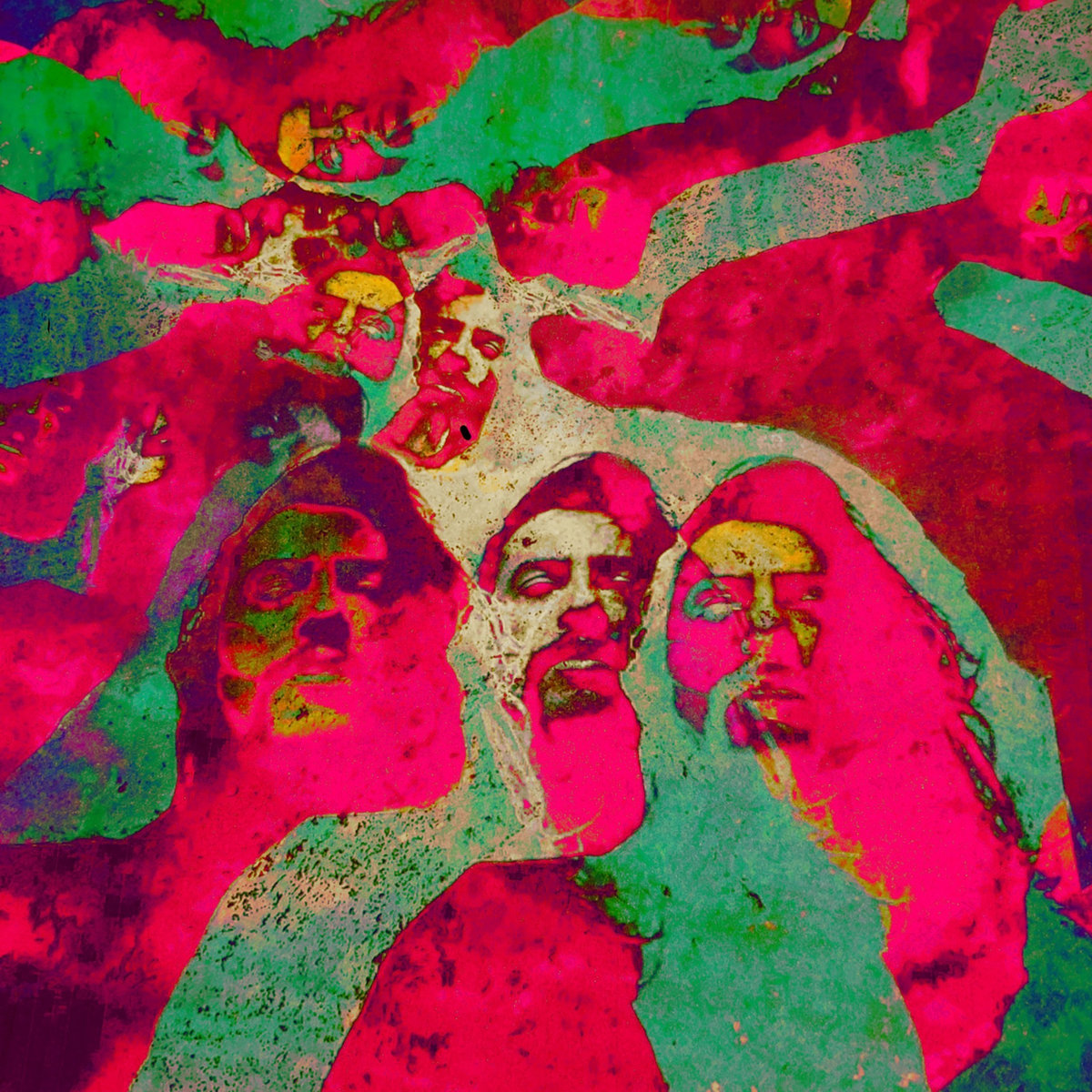
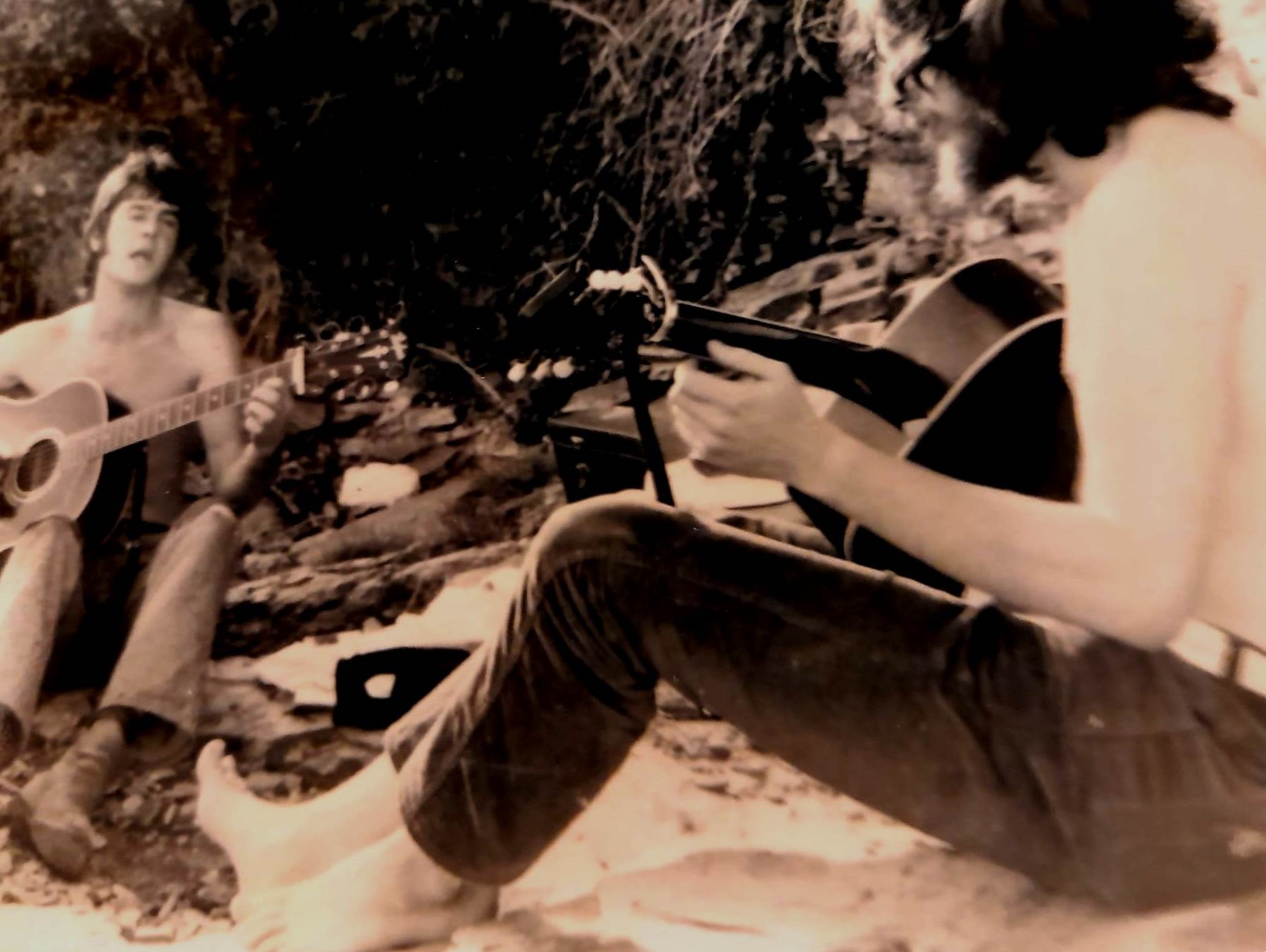
Nice interview, Rick Kunstler gives justice to his storied career.